Understanding the Ever-Present Afterglow of the Big Bang
Written on
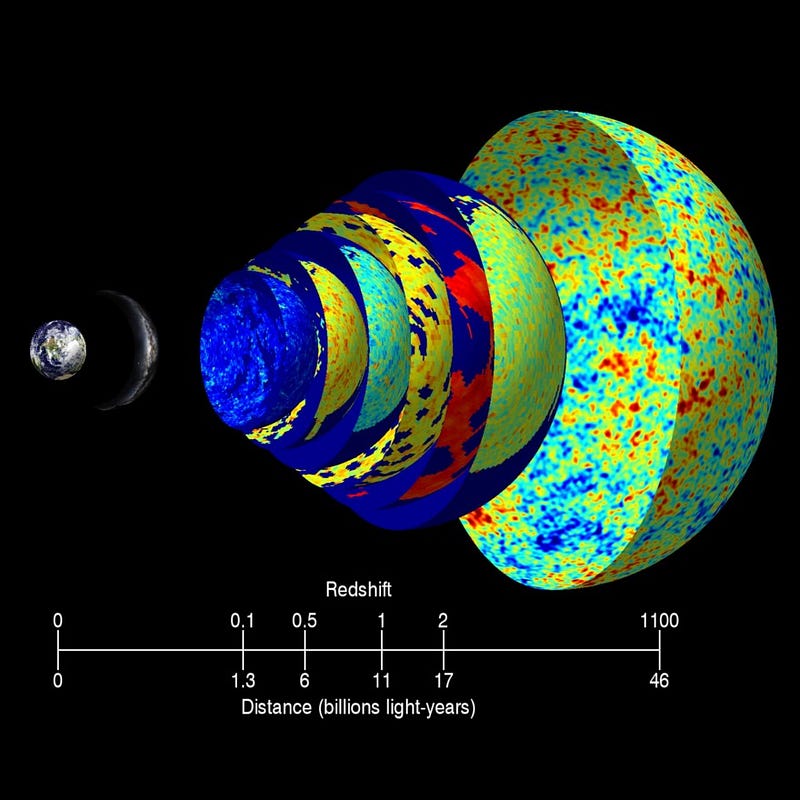
The Universe has undergone expansion, cooling, and gravitational attraction for the past 13.8 billion years. The hot Big Bang marked the beginning of all that exists in our observable Universe. As it expanded and cooled, atomic nuclei, neutral atoms, stars, galaxies, and rocky planets like Earth formed. Today, we can still detect the residual glow from this event, known as the Cosmic Microwave Background (CMB). But how is this glow still apparent? Lothar Voigt poses a thought-provoking question:
Why is the CMB continuously present rather than just a fleeting event in time? If the Sun were to become transparent, would we not see all the light in a single burst? What am I missing?
This question leads us to a deeper understanding of the Universe's workings.
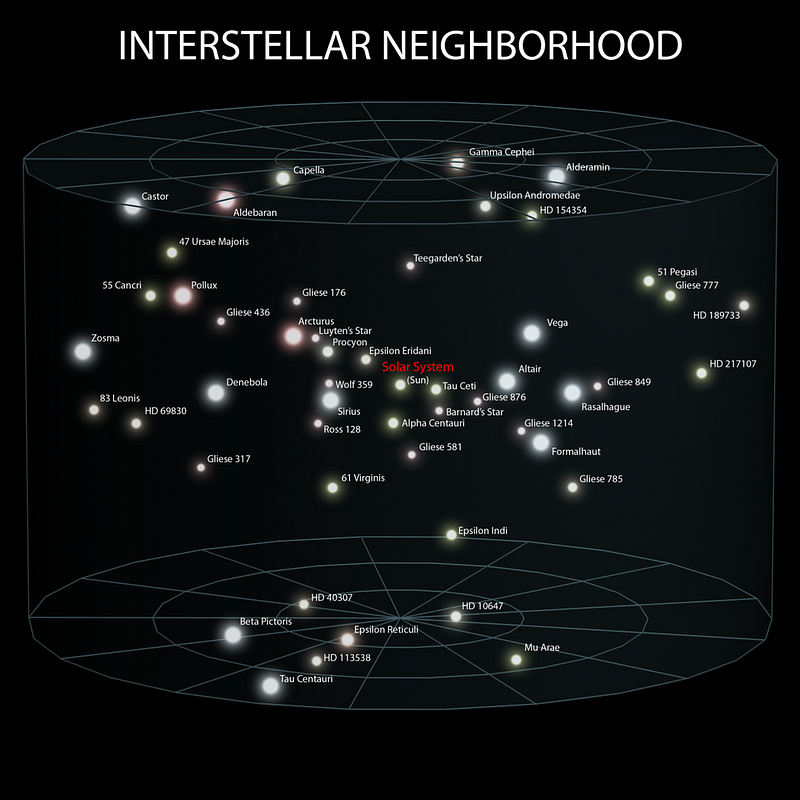
When we observe any luminous object in the Universe, we are not perceiving it as it exists in the present. Rather, we see it as it was in the past, as the light emitted takes time to reach us. For instance, the sunlight we perceive today left the Sun 8 minutes and 20 seconds ago.
Observing distant stars, such as Betelgeuse, which is 640 light-years away, means we see it as it was 640 years ago. If that star went supernova during that time, we wouldn't be aware of it until the light from that event finally reaches us.
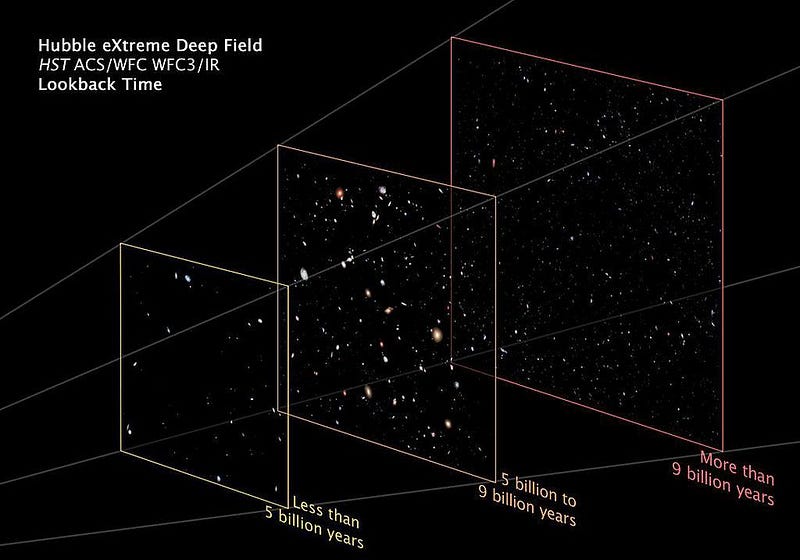
When gazing at far-off galaxies, the light we see could be millions or billions of years old, reflecting events from long past. This light was emitted ages ago, traveling vast distances before finally arriving at our eyes.
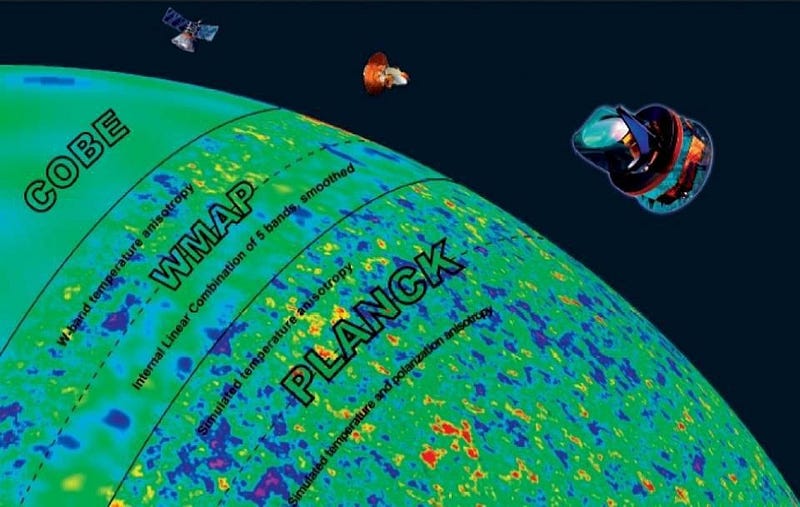
Interestingly, the light from the Big Bang remains visible even today, 13.8 billion years after the event. If we had existed just a million years post-Big Bang, we could have observed that light, albeit at higher energy levels due to the lesser expansion of the Universe.
As time progresses, we see the characteristics of this residual light change:
- A drop in temperature,
- A decrease in photon density,
- A reduction in its significance compared to matter and dark energy.
Despite these changes, the glow from the Big Bang, now referred to as the Cosmic Microwave Background, continues to endure.
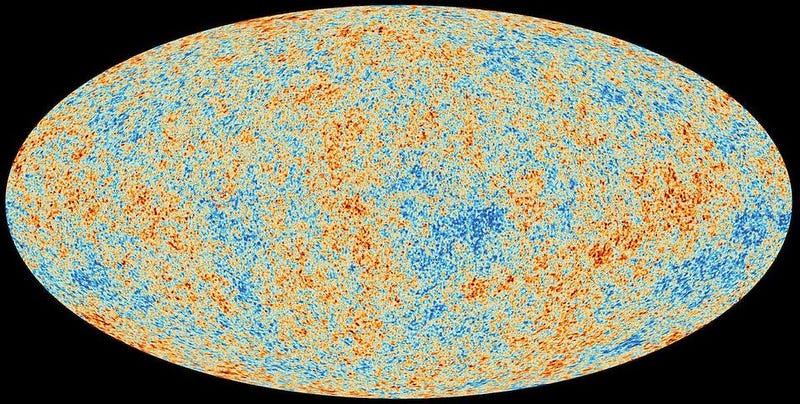
Rather than viewing this phenomenon as a conundrum, we should consider it a chance to comprehend how the CMB differs from other light sources, such as stars and galaxies. For all other light sources, the light emitted:
- Originates from a specific location,
- Is produced at a specific time,
- Travels away from its source at the speed of light,
- Reaches our eyes only at that moment.
For the CMB, however, there exists a crucial distinction: although it emanates from a particular instant, it does not come from a singular location in space.

The unique aspect of the Big Bang is that it occurred everywhere simultaneously, rather than from a single point. It represents a moment in time when the Universe was in an extremely hot, dense state, filled with matter, antimatter, and radiation. Everything that has transpired since then is a result of that moment.
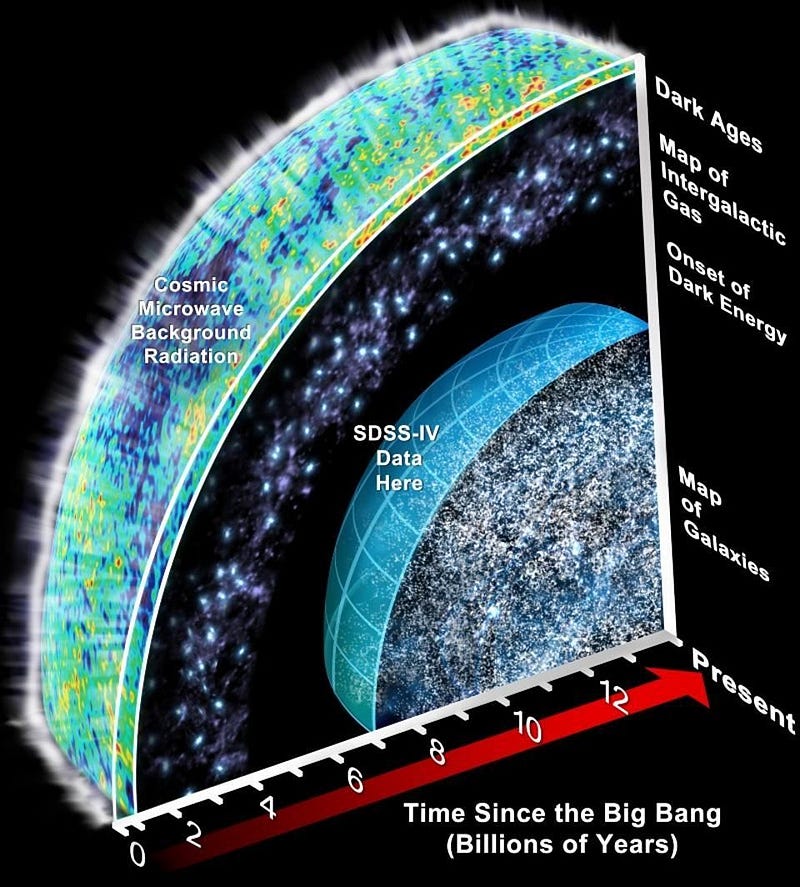
When we perceive the light from the CMB, we are observing radiation that has traveled through the Universe for 13.8 billion years. This light was not emitted at the instant of the Big Bang itself, but rather 380,000 years later when neutral atoms could form, allowing light to travel freely.
Before this point, radiation was scattered by free electrons, making it impossible for light to traverse the Universe unimpeded. Once neutral atoms formed, light became transparent to it.
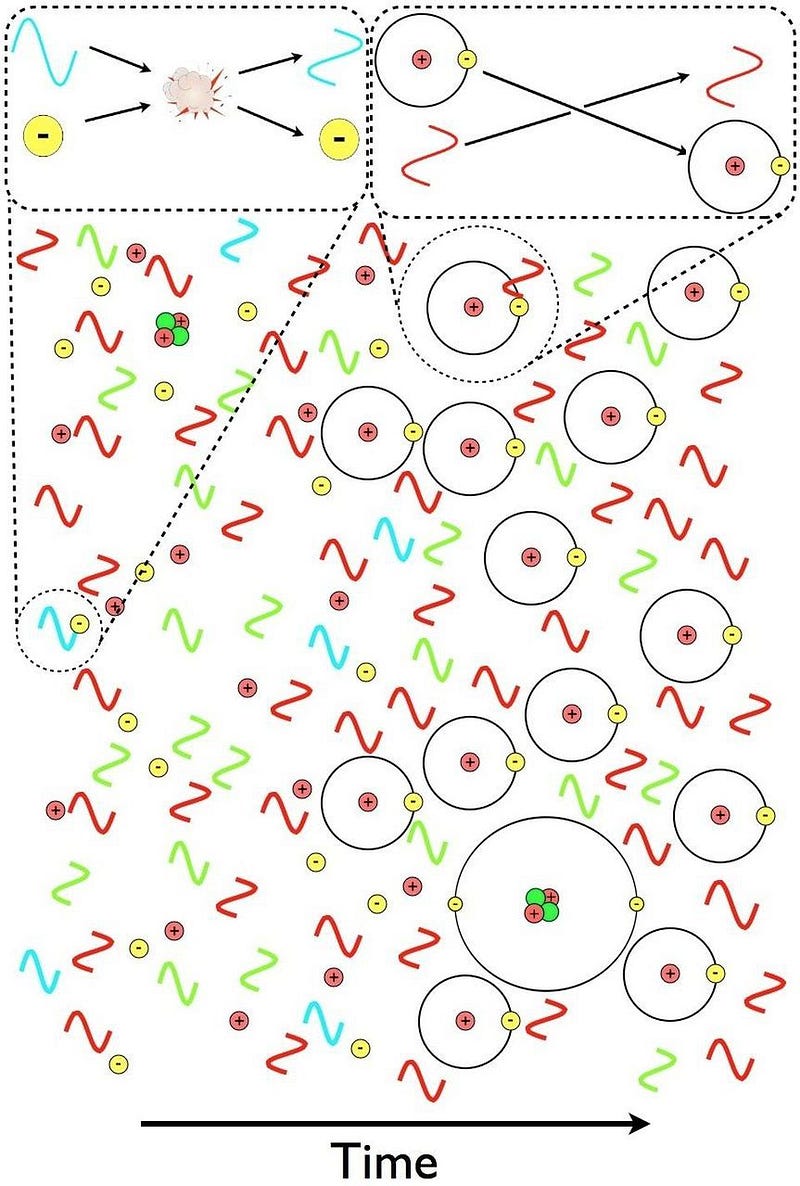
The CMB light we observe today was emitted from all regions of the Universe at once. As it journeyed for 13.8 billion years, it has now reached us from a distance of approximately 46 billion light-years away.
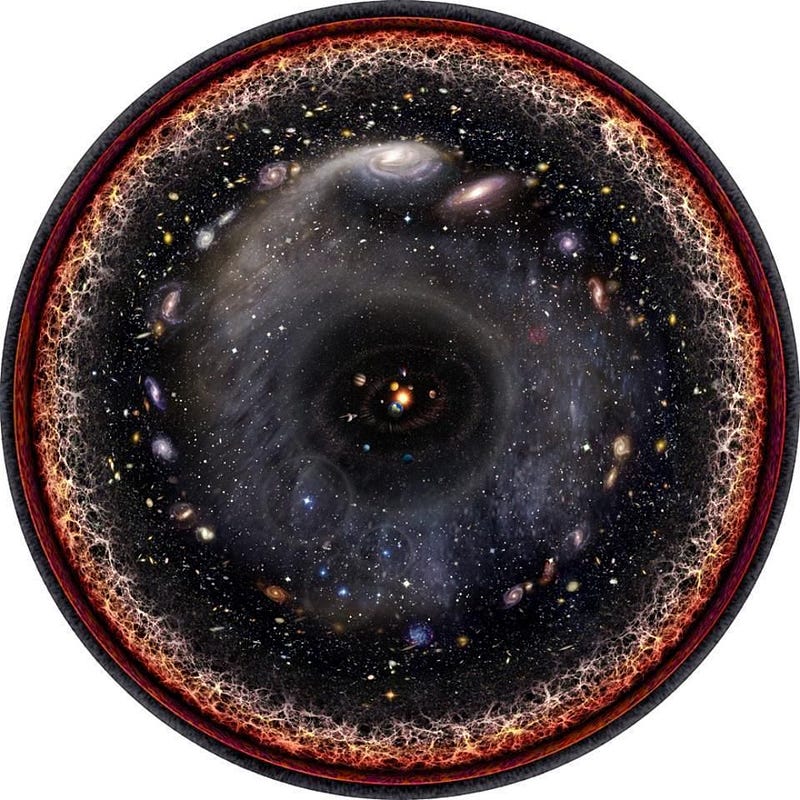
Thus, the CMB light we detect now originated from a spherical surface that was slightly closer than the light we see today. The CMB photons we detected decades ago came from even closer sources, while future photons will come from regions yet unseen.
Currently, the Universe contains around 411 CMB photons for every cubic centimeter of space. Additionally, distant astronomical objects were once influenced by CMB photons that were:
- More plentiful,
- More energetic,
- At higher temperatures.
This observation is significant, as it demonstrates that radiation interacts with matter, and we have evidence suggesting that the CMB was indeed hotter in the past.
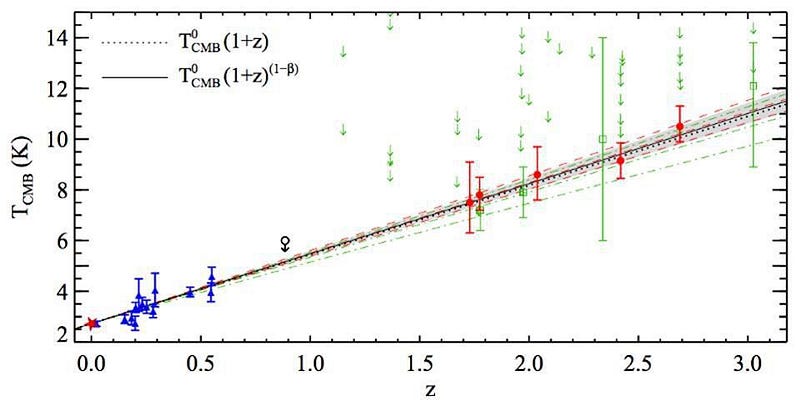
In conclusion, the CMB is continually flowing over us, and this moment represents our only chance to witness these specific photons. Their journey across the Universe has been remarkable, originating from the Big Bang itself.
As we observe these photons, we also recognize that they will eventually be succeeded by photons arriving from even more distant locations. This cycle will persist indefinitely, as the radiation from the Big Bang fills the Universe, ensuring its presence will remain as long as we exist.
Send in your Ask Ethan questions to startswithabang at gmail dot com!
Starts With A Bang is now featured on Forbes and republished on Medium with a seven-day delay. Ethan has authored two books: Beyond The Galaxy and Treknology: The Science of Star Trek from Tricorders to Warp Drive.